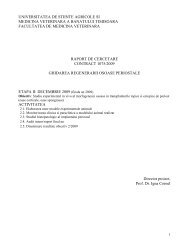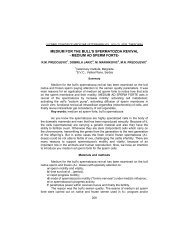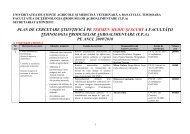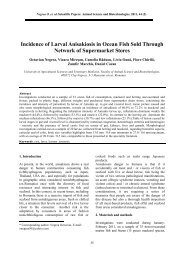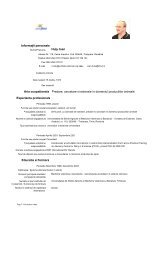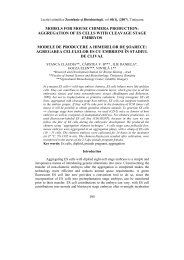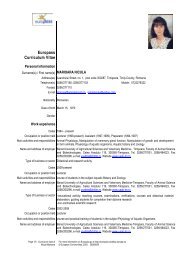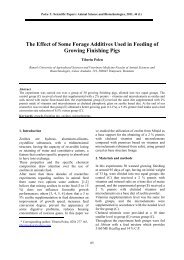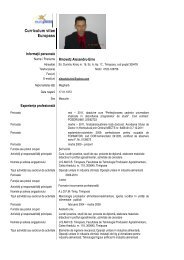journal of linguistic studies
journal of linguistic studies
journal of linguistic studies
Create successful ePaper yourself
Turn your PDF publications into a flip-book with our unique Google optimized e-Paper software.
EVALUATING ERROR ANALYSIS<br />
IN THE DISCOURSE OF ENGLISH<br />
AZAMAT ANVAROVICH AKBAROV<br />
International Burch University, Sarajevo, Bosnia and Herzegovina<br />
aakbarov@ibu.edu.ba<br />
ABSTRACT<br />
The paper has examined various attitudes and the corresponding error correction<br />
devices to students’ spoken English errors in the English speaking language<br />
classrooms, and analyzed their limitations, suggesting that a common sense approach<br />
to errors in spoken English may work well. Compared with current widely-used<br />
approaches, it is helpful to improve student’s spoken language skill, promote fluency<br />
and accuracy <strong>of</strong> spoken language. Moreover, this pattern is minimally disruptive to<br />
both the flow <strong>of</strong> the lesson and student motivation, and easy to operate, as well as<br />
flexible.<br />
Keywords: SLA; Linguistics; Discourse Errors; Error Correction Approaches<br />
.<br />
1. INTRODUCTION<br />
The language change and its systematization stimulate the language to be learnable, at<br />
the same time, also it cause the learner inevitably to commit errors. Foreign language<br />
acquisition is a process <strong>of</strong> committing errors and correcting them unceasingly. The<br />
spoken language teaching develops learners’ oral skills, in the current process, in order to<br />
help them express English fluently and accurately. It is necessary to correct the errors by<br />
learners. According to the error type, its origin; the study level, the psychology <strong>of</strong><br />
learners; content, situation <strong>of</strong> speech, etc., there may be different error correction<br />
approaches and strategies. But in the daily teaching classes, they are <strong>of</strong>ten difficult to<br />
grasp, even to apply.<br />
2. DIFFERENT ASPECTS TOWARDS ERRORS<br />
Researchers and teachers dispute over how to treat errors heatedly and continuously<br />
for quite a long period. The traditional viewpoint is that we, teachers, should deal with<br />
any error that appears. It is uncomfortable simply observing student error without taking<br />
any action. So most teachers hold they will correct students’ errors whenever they<br />
discover. According to the behaviourism theory, many teachers regard errors a kind <strong>of</strong><br />
“negative stimulus”; errors must be corrected at any cost. Otherwise, students would form<br />
a wrong habit, which will be hardly removed in the future. But from the 80s last century,<br />
second language acquisition theory supports different views over language forms and<br />
error corrections. Based on second language acquisition theories, “language study” is<br />
conscious, the study goal is to understand the external form <strong>of</strong> the language, that is, to<br />
know about the language rules but not the language itself.<br />
Learners should be allowed enough time to think and apply such rules to actual<br />
speeches, but in the majority <strong>of</strong> communicative situations, they don’t have time to<br />
consider and use these rules. If their statements are interrupted during the speech,<br />
35



